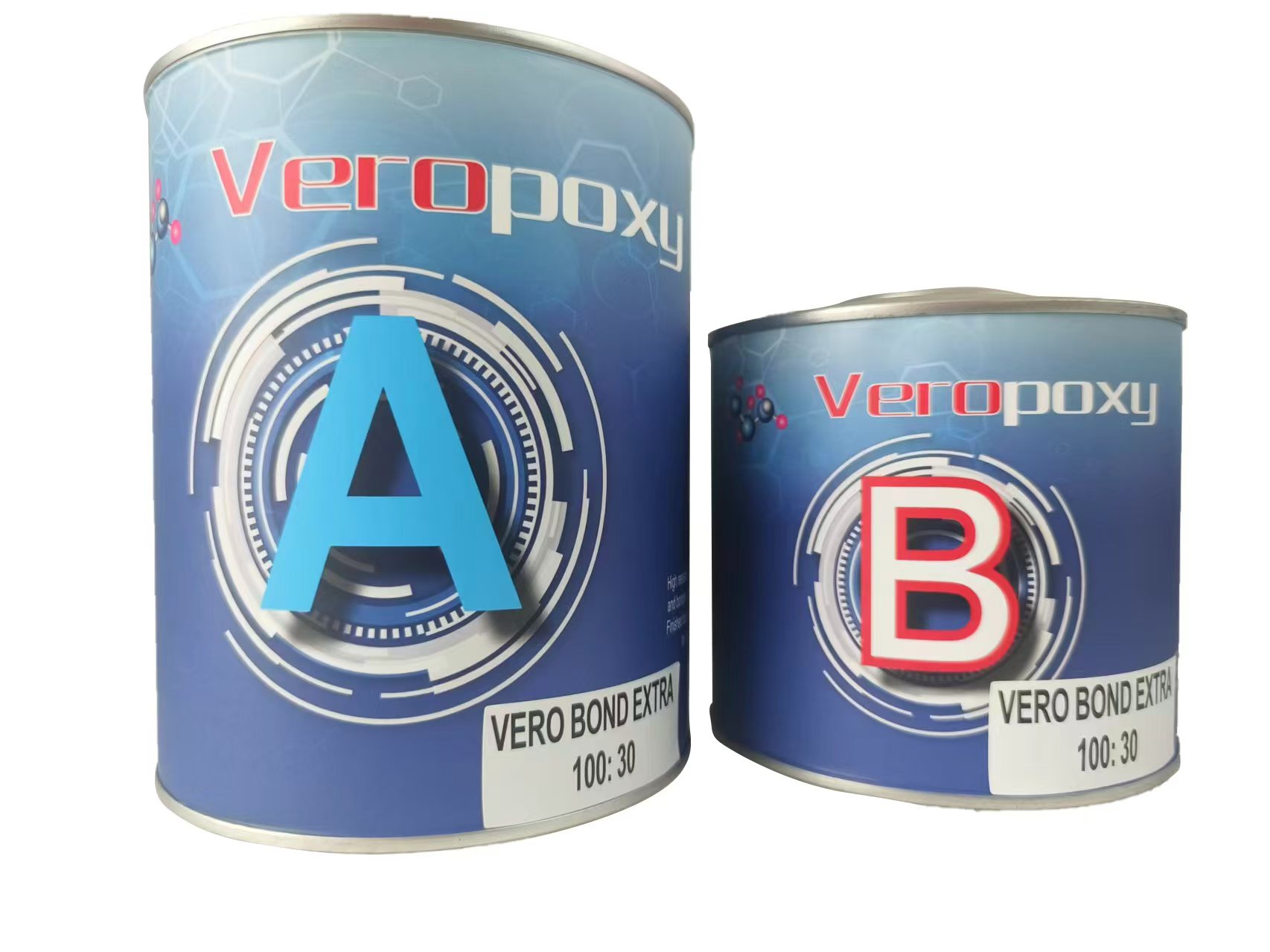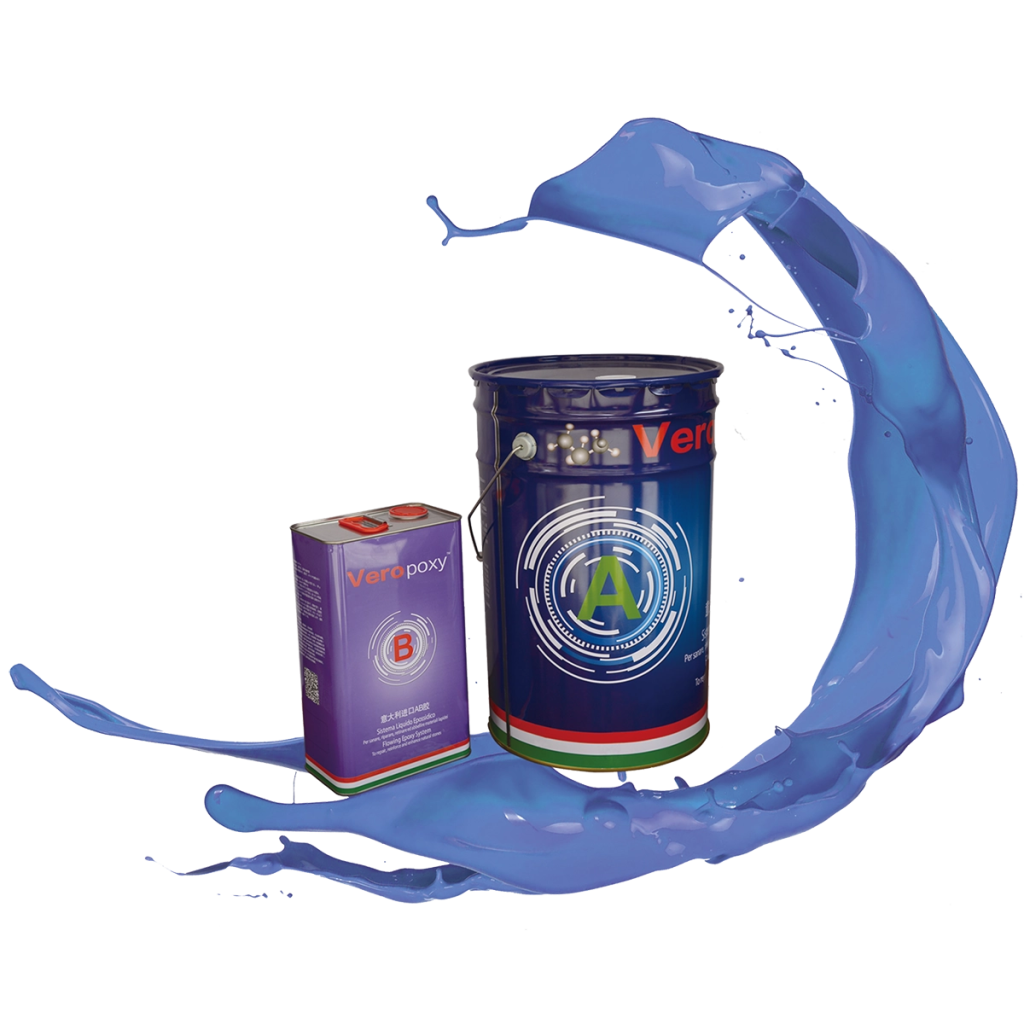A gleaming stone surface that exudes sophistication, now marred by unsightly efflorescence—the white, chalky residue that seems to sneak in and ruin the party. Efflorescence is the unwelcome guest that simply won’t leave those who love polished stone. Now enter epoxy resin, the modern-day stone care super hero.
But does epoxy resin enhance or diminish the natural allure of polished stone plagued by efflorescence? Does it present a fresh set of difficulties or can its use harmonise with the aesthetic of the stone? Let’s explore how epoxy resin transforms—or maybe changes—the look of polished efflorescence.

epoxy resins
The Basics: Efflorescence and Polished Surfaces
Efflorescence is caused by water-soluble salts migrating to the stone’s surface and crystallizing as the water evaporates. Even with their polished mirror-like finish, it frequently affects porous stones including marble, limestone, and sandstone.
On polished stone, efflorescence can be particularly noticeable, creating a stark contrast against the smooth, reflective surface. This not only disturbs the appearance but also points to more serious problems including moisture intrusion, which over time can compromise the stone.
Epoxy resin is frequently employed as a solution for sealing and protecting such surfaces. How then does it interact with the stone’s polished look?
Enhancing Aesthetic Appeal
A Glossy Revival
Epoxy resin creates a high-gloss finish that can amplify the beauty of polished stone. Applied properly, it improves the natural colour and texture of the stone, so producing a richer, deeper look. Like a magnifying glass, the glossy sheen highlights the minute surface features of the stone.
For stones with efflorescence damage, epoxy resin provides a “reset” by masking imperfections and creating a uniform surface. It presents a neat and polished appearance, so restoring the elegance that efflorescence covered.
Color Restoration
Efflorescence can dull the stone’s original vibrancy, making colors appear faded or muted. Epoxy resin often contains UV-resistant additives that protect against discoloration, maintaining the stone’s true hues over time.
This is particularly beneficial for richly colored stones like onyx or granite, where maintaining a bold aesthetic is critical. Epoxy resin stops additional colour fade brought on by salt damage or moisture by sealing the surface.
Potential Drawbacks
overglossing
While epoxy resin’s high-gloss finish is appealing to many, it may not suit everyone’s taste. Sometimes the strong shine can seem synthetic or counterintuitive given the subdued elegance of some stones.
matte or satin epoxy finishes provide a more subdued aesthetic for customers looking for that. To get the intended look, these specialised finishes could, however, call for extra cost and care.
Highlighting Flaws
Excellent for sealing surfaces, epoxy resin can also inadvertently accentuate flaws under it. Once the resin is applied, small cracks, scratches, or variances in the polish of the stone may show more clearly.
This is why surface preparation is key. Before applying epoxy resin, completely polish and clean the stone to guarantee a perfect, professional-grade finish.
Long-Term Effects on Appearance
Durability Meets Aesthetics
Epoxy resin’s durability ensures that the polished aesthetic of the stone remains intact for years. Epoxy creates a strong barrier against moisture, so preventing future efflorescence from ruining the surface unlike conventional sealants that degrade over time.
However, the resin’s longevity depends on proper maintenance. Dirt and scratches can dull the glossy finish over time; hence, occasional buffing or reapplication is necessary to maintain the natural beauty.
Yellowing Concerns
One common issue with some epoxy resins is yellowing over time, particularly when exposed to sunlight. Although contemporary formulations include UV inhibitors to solve this issue, it is advisable to choose premium epoxy especially meant for outdoor or high-light uses.
Practical Scenarios
Residential Applications
Imagine a polished limestone countertop in a kitchen plagued by efflorescence due to moisture infiltration. Epoxy resin not only seals the surface but also improves its appearance, so giving the countertop a sleek, modern look that is easy to maintain.
Commercial Spaces
In high-traffic commercial settings like hotel lobbies or office buildings, polished stone often serves as a centerpiece. Efflorescence can damage the elegant, professional look these areas demand. Epoxy resin guarantees that such surfaces remain a focal point of elegance by providing a reasonably priced means of restoration and protection.
Artistic Installations
Efflorescence can upset the intended visual impact for designers and artists working with polished stone. Epoxy resin seals the surface and stops additional discolouration or damage, so preserving the creative vision.
Comparing Epoxy Resin to Other Solutions
Standard Sealants
While traditional sealants are cheaper and easier to apply, they lack the durability and aesthetic-enhancing properties of epoxy resin. Sealants are less useful over long terms since they also need regular reapplicability.
Wax Coatings
Wax provides a temporary shine and protection but is prone to wear and tear. It is not appropriate for efflorescence prevention either since epoxy resin has moisture-blocking properties.

Epoxy Resin
Epoxy resin is a game-changer for restoring and enhancing the aesthetic appeal of polished stone surfaces affected by efflorescence. Modern stone care would benefit much from its capacity to seal, protect, and magnify the inherent beauty of stone.
While it’s not without its challenges, proper application and maintenance can maximize its benefits, transforming a damaged surface into a show-stopping feature. For everyone fighting efflorescence on polished stone, epoxy resin presents a great mix of artistry and utility.
Post time: 11 月-21-2024

